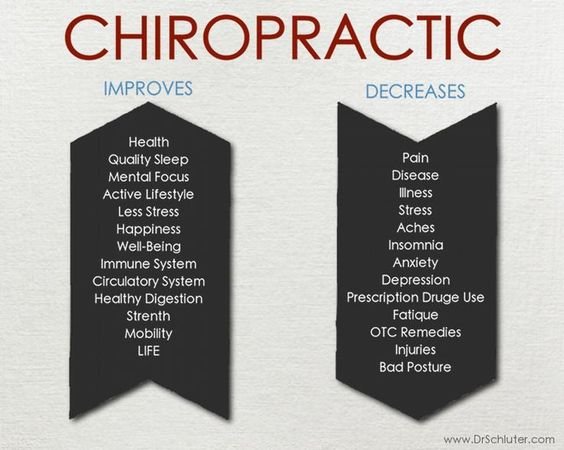The Relationship Between Position And Pain In The Back: Approaches For Maintaining Correct Placement Throughout The Day
The Relationship Between Position And Pain In The Back: Approaches For Maintaining Correct Placement Throughout The Day
Blog Article
Uploaded By-Ibrahim Rollins
Maintaining proper position isn't almost staying up directly; it has to do with aligning your body in a way that sustains your back and reduces the threat of neck and back pain. The method you sit, stand, and relocate throughout the day can substantially impact your spinal health. However how specifically can you guarantee excellent alignment regularly, even throughout hectic days filled with different tasks? Allow's dive deeper into the refined yet impactful adjustments you can make to your daily regimen to maintain your back satisfied and healthy and balanced.
Relevance of Proper Position
Appropriate posture is crucial in preserving a healthy back and stopping discomfort. When lower back muscle pain rest or stand with great stance, your spine remains in positioning, minimizing strain on your muscles, ligaments, and joints. https://newsday.co.tt/2021/11/01/the-critical-role-of-somatic-sex-education/ allows the body to disperse weight equally, protecting against extreme anxiety on certain areas that can bring about discomfort and discomfort. By maintaining your spinal column properly straightened, you can also enhance your breathing and digestion, as slouching can press body organs and restrict their performance.
Moreover, preserving good posture can enhance your overall look and positive self-image. When you stand tall with your shoulders back and head held high, you emanate confidence and show up even more friendly. Great pose can also make you feel much more energized and alert, as it advertises correct blood flow and allows your muscular tissues to function successfully.
Integrating proper pose into your day-to-day regimen, whether resting at a desk, walking, or working out, is important for stopping pain in the back and advertising general health. Bear in mind, a small modification in how you hold yourself can make a considerable distinction in how you really feel and function throughout the day.
Common Postural Mistakes
When it pertains to preserving great pose, several people unconsciously make usual blunders that can add to neck and back pain and discomfort. Among the most common errors is slouching or stooping over while sitting or standing. This setting places too much pressure on the spinal column and can lead to muscle imbalances and pain in the future.
An additional common blunder is overarching the lower back, which can flatten the all-natural contour of the spine and trigger pain. Furthermore, crossing legs while sitting might really feel comfy, but it can develop an inequality in the hips and pelvis, leading to postural concerns.
Using a pillow that's also soft or as well solid while sleeping can additionally impact your alignment and add to pain in the back. Finally, continuously craning your neck to look at displays or readjusting your position regularly can stress the neck and shoulders. Being mindful of these common postural blunders can aid you maintain much better placement and minimize the threat of back pain.
Tips for Correcting Positioning
To enhance your placement and reduce back pain, it's vital to focus on making small adjustments throughout your daily regimen. Begin by bearing in mind your position. When sitting, ensure your feet are level on the flooring, your back is straight, and your shoulders are relaxed. Stay clear of slouching or leaning to one side. Usage ergonomic chairs or cushions to support your lower back.
When standing, distribute your weight equally on both feet, maintain your knees slightly bent, and tuck in your pelvis. Engage your core muscles to support your back. Take breaks to extend and walk around if you have a sedentary work. Incorporate exercises that reinforce your core and back muscle mass, such as planks or bridges.
While sleeping, utilize a cushion that sustains the all-natural contour of your neck to maintain appropriate spine placement. Stay clear of sleeping on your stomach, as it can stress your neck and back. By being mindful of these ideas and making small adjustments, you can gradually remedy your alignment and relieve neck and back pain.
Verdict
Bear in mind, keeping good pose is key to preventing neck and back pain and advertising spine health. By being mindful of your positioning, distributing weight equally, and involving your core muscle mass, you can lower strain on your back and decrease the threat of discomfort and injury. Integrate ergonomic assistance, take routine breaks to extend, and strengthen your core and back muscle mass to maintain proper placement throughout the day. Your back will thanks for it!
